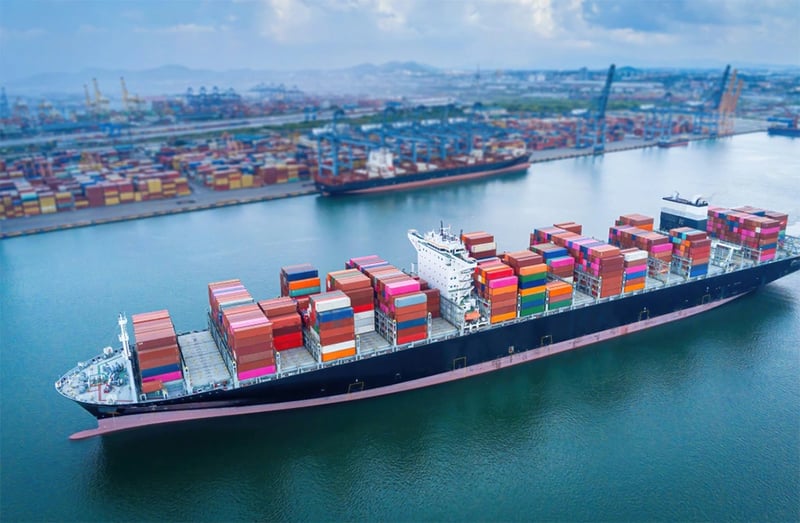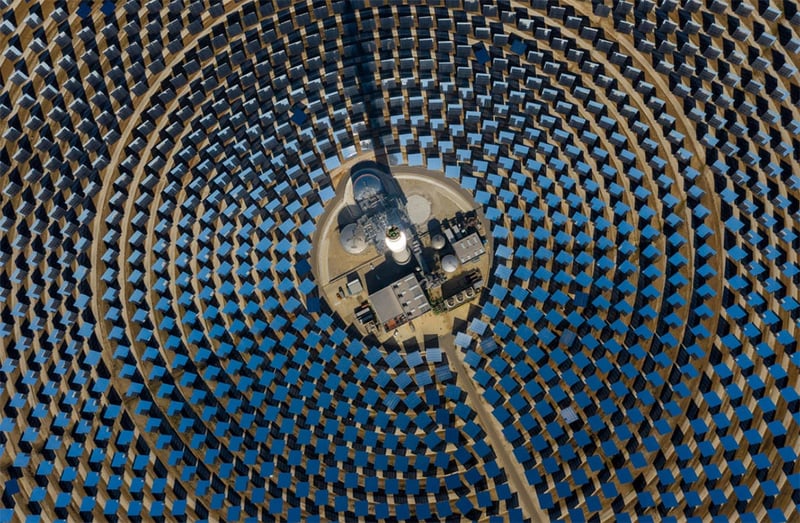Explore the Emerging Trends of the Competitive Energy Market
This publication serves as the first in-depth DMCC thought leadership report on the global and regional energy sector. Against a backdrop of the world's biggest climate gathering of COP28 in Dubai, this report evaluates the MENA region's competitive advantages in the dynamic energy landscape and energy transition. The report also explores the market trends and prices, oil and gas movements and the rise of low-carbon and renewable energy technology.
The Developments of the Energy Industry
The ‘New Oil Benchmark’
Investments in Clean Energy and Low-Carbon Technology
Hydrogen’s Evolving Landscape
The UAE’s Renewed Energy Vision
UAE’s Hydrogen Blueprint
01
The ‘New Oil Benchmark’
Download report
With the volatility in the oil market, the norm of $60-$70 per barrel is being replaced. Despite present uncertainties, the future confidently points to $80+ per barrel, given a strong oil demand and a limited supply pipeline.
02
Investments in Clean Energy and Low-Carbon Technology
Investments in hydrogen and low-carbon fuels and gases soared to a substantial $27 billion, reflecting the growing interest in these cutting-edge solutions. The field of carbon capture and storage (CCS) and carbon removal also attracted investments totalling $11 billion, underlining the increasing importance of carbon management strategies in the global energy landscape.
03
Hydrogen’s Evolving Landscape
Download report
The hydrogen sector has captured significant attention, with projections indicating a varied picture for clean hydrogen usage by 2050. Estimates range from 45 million tonnes per year to 450 million tonnes. Energy Intelligence suggests a promising decline in the cost of hydrogen (LCOH) by 2030. As we navigate this decade, the emphasis will be on projects with clear local demand, reflecting a pragmatic approach to hydrogen's role in the global energy transition.
04
The UAE’s Renewed Energy Vision
Download report
Ahead of COP28, the UAE National Energy Strategy unveiled its updated energy strategy, aiming to triple its renewable energy contribution in seven years, with an investment of up to $54 billion. The strategy outlines new emissions reduction goals where a portion will come from revised power mix targets, which sees an enduring role for natural gas with substantial growth in renewables by 2050.
05
UAE’s Hydrogen Blueprint
Download report
The National Hydrogen Strategy 2050 is aligned with the We the UAE 2031 vision. It contains targets like a 25% reduction in emissions in “hard to abate” sectors, production of 1.4 million tonnes of hydrogen per year, and the launch of an extensive hydrogen R&D centre.
Energy Intelligence: Energy Transition Scenarios to 2040
In a world of uncertainty, the energy transition pathway can realise various outcomes. DMCC’s exploration of the energy transition trajectory identified four main pathways:
Accelerate Scenario
- A growing momentum behind transition efforts driven by technology adoption and global policy support.
- Introducing key clean energy technologies will be the main catalyst for faster action, despite headwinds.
- Long-term implications include:
- Temperature rises stay within 2.5°C
- Oil demand peak: around 2030
- Gas demand peak: around 2040/later
Boost Scenario
- A faster transition path, supported by potential policy support.
- Inflection point seen by 2025 led by robust support amid rising climate urgency.
- Assuming a self-reinforcing cycle of stronger policy incentives and corporate responses, faster technological progress and falling costs.
- Long-term implications include:
- Temperature rises stay within 2.0°C
- Oil demand peak: around 2020s
- Gas demand peak: around 2030
Blowout Scenario
- Limited pace of action due to technology, policy and investment challenges.
- No acceleration in activity pre-2030: Policy, technology and cost obstacles delay transition efforts.
- Rising climate risks pre-2030 may fuel pressure for action in the 2030s.
- Long-term implications include:
- Temperature rises of 2.5°C or above
- Oil demand peak: mid-2030s or later
- Gas demand peak: mid-2040s or later
Net Zero Scenario
- A scenario which requires dramatic, rapid divergence from current market trends.
- Disruptive acceleration in the near term, driving abrupt change well before 2030.
- Alignment in various factors which outweigh near-term headwinds, enabling short-term policy action and rapid investment.
- Long-term implications include:
- Temperature rises stay within 1.5°C
- Oil demand peak: mid-2020s
- Gas demand peak: before 2030
Key Recommendations for the Future of the Energy Industry

REIMAGINE THE TRADITIONAL SUPPLY CHAIN
Firms should develop an awareness of how the shifting geopolitical and geoeconomic landscape impacts traditional energy supply chains. To mitigate risks, firms should undertake supply chain audits and critical assessments to better manage their supply chains. This includes reshoring efforts for industrial operations.
Learn More
PREPARE FOR POLITICAL AND REGULATORY VOLATILITY
The energy sector should prepare for regulatory volatility due to political upheaval and changing national strategies and policies towards energy consumption. The diverse and volatile landscape of energy policies worldwide means firms should brace for sudden shifts in regulations in the energy sector.
Learn More
ADOPT BROAD MARKET PERSPECTIVES
Uncertainty should be minimised by firms by avoiding the adoption of a single “house view” and considering a range of perspectives on potential market outcomes that better prepare and insulate against unexpected developments, especially in periods of elevated volatility.
Learn More
MAINTAIN A PREDICTABLE INVESTMENT CLIMATE
Maintain a transparent investment climate from all stakeholders in the energy sector to attract capital and ensure sustainable energy development. This includes stable national energy policies, streamlined processes facilitating ease of investment, and more access to relevant data such as energy demand forecasts in key markets.
Learn More
ENSURE SECURITY OF ENERGY SUPPLY
Access to conventional energy supplies is essential to maintain energy security and a smooth transition to cleaner energy sources. Governments should also maintain a diverse energy portfolio to provide resilience against supply disruptions and fluctuations in renewable energy generation.
Learn More
FOSTER LOCAL AND REGIONAL PARTNERSHIPS
Public-private partnerships should be encouraged as they play a key role in fostering innovation. In the Middle East, strategic partnerships with local players like NOCs are key to establishing market credibility and facilitating the transfer of advanced energy technologies. Local content regulations will make firms who choose greater localisation better positioned.
Learn MoreDownload our Future of Trade: Lab Grown Diamond Report


